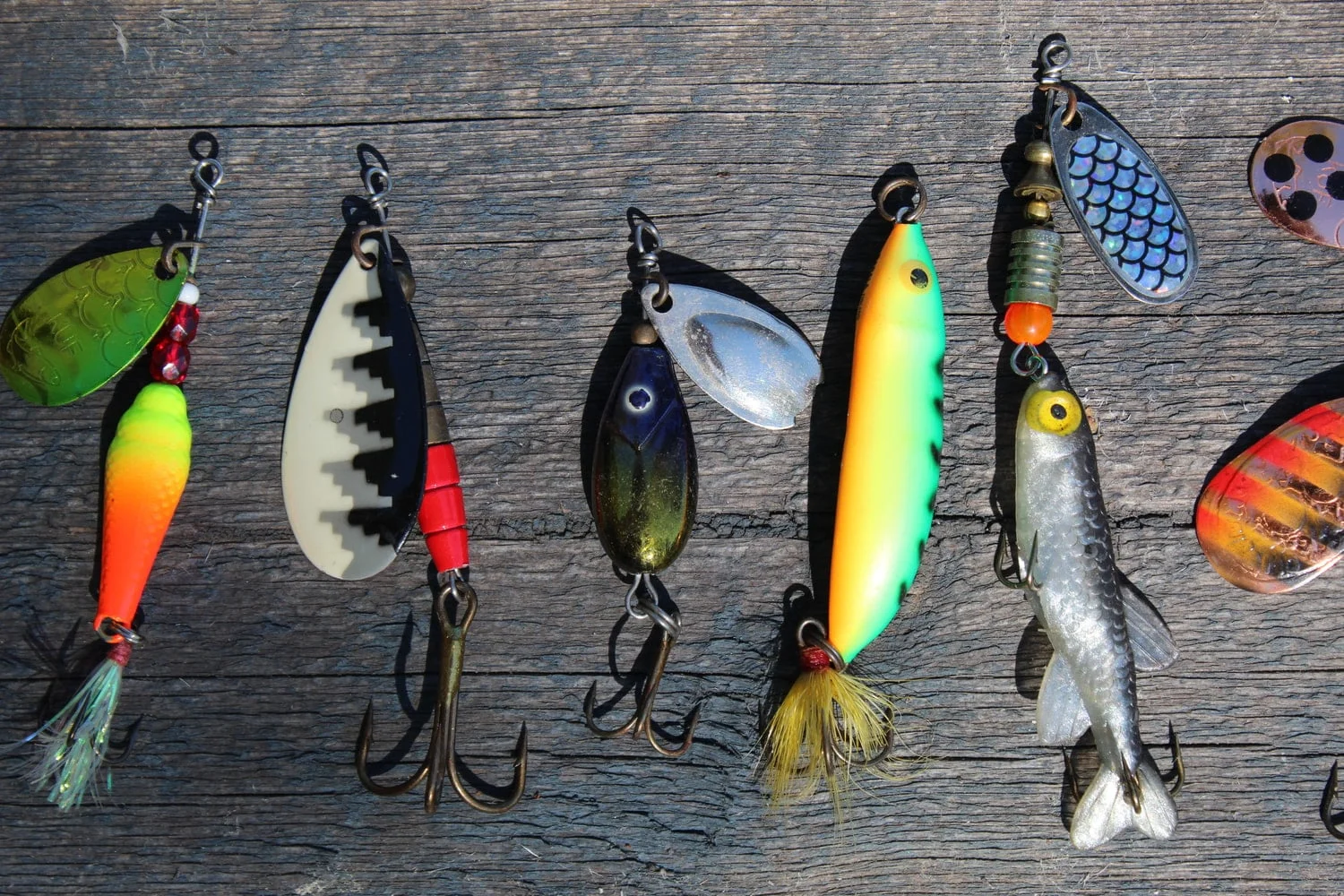How to Set The Bait for Your Next Blog Title
Last Updated: August 19, 2022

Updated July 24, 2020
The average person only spends a single second looking at an article before determining whether to read it, or go somewhere else. The most important factor that determines whether a person reads the blog post is the title. A good title can make the difference between a commercially successful piece, or something that is best demoted to a personal blog.
Here are seven things to keep in mind when creating the most effective blog titles possible.
#1 – Be Specific
Readers do not waste time on articles that rambles between a dozen different subjects. When creating the title, look at the blog and determine what exactly it is discussing. If you cannot find a single core concept, then it is best to assume that the blog article needs to be rewritten.
Core Concept
If you can find the core concept, write multiple drafts of the title. With every new version, try to minimize the word count. By eliminating word fluff, it is possible to create an effective blog title that is guaranteed to capture the reader.
A good example is something along the lines of “Cats Improves Children’s Health.”
#2 – Use Numbers
A specific number can catch the human eye in a way that nothing else can. Most articles focus on a small set of examples or guidelines (3-5,) so use a novel number to reach out to the reader.
This can be seen in numerous media aggregation sites, with titles like “20 Ways to Scratch an Itch.”
#3 – Include the Keyword
This is for SEO optimization, since an article that does not rank highly in a search engine has less chances of being read. SEO optimization should be occurring at every stage of the writing process, so the major keywords should be known already.
Find the Keyword
If the natural keyword is not known, run a word counter (for example Google Keyword tool) and find the word or phrase that occurs most often in the text. This should give you an idea as to what will work in the title.
An article that focuses on puppies may have a title like “Puppies Can Melt Hearts with Lasers.”
#4 – Use the Target Audience’s Lingo
When writing a title, it is vital to understand that if the reader cannot understand what the article is about, it will not be read. When creating a title, look at both the site and the article itself. Base the title off both of these two factors.
When in doubt, strive to use a 10th grade vocabulary. This will guarantee that everyone around you can easily understand the title.
#5 – Propose a Solution
People read to learn new material, or to simply escape from the boredom of daily life. That is why how-to and news articles are among the most popular written material available online.
When looking over the article to determine what the title should be, ask yourself what the problem is being solved. If the article covers a dozen ways to jump over a bus, an example blog title may be “12 Ways to Get over That Burning Bus.”
#6 – Make Sure it is Not Copied
Copied material is penalized by major search engines, which results in a ranking lower than unique content (or no ranking at all). When you write an article, run it through a service like Copyscape. It is a quick and cheap way to guarantee that you have a truly unique article. (See also: What is original content)
Google is Your Friend
If you are in a rush, simply run the title through a Google search. This will help mitigate all but the smallest of infractions. Remember – even unintentional plagiarism should be frowned upon.
#7 – Have Someone Edit It
A good title is grammatically and stylistically correct. Have someone else read it and listen to the feedback provided. Having a second pair of eyes on an article is always a good idea, for it can help you create a more effective piece.
When selecting a beta reader, it is vital to find someone in the demographic you are trying to reach. This will help iron out any bugs that may crop up during the writing process. It is even possible to discover new directions to take the article.
Conclusion
Coming up with a catchy blog title, is not something that may seem easy at first. It is tied into the article development process, often going hand-in-hand with the article planning process.
When you start looking for the perfect title, make sure to start with the perfect article. Look at the content, and use it to gauge what the title should cover. Make sure it is specific, and offers genuine value to the reader.
Check out KnownHost’s KVM Cloud Server packages.
This may appear to be an undefeatable challenge, though with time the process of creating an effective title will become second nature. Just keep in mind that it needs to stand out, and be easily understood by the reader. If you can handle this successfully, then your readership will keep growing.